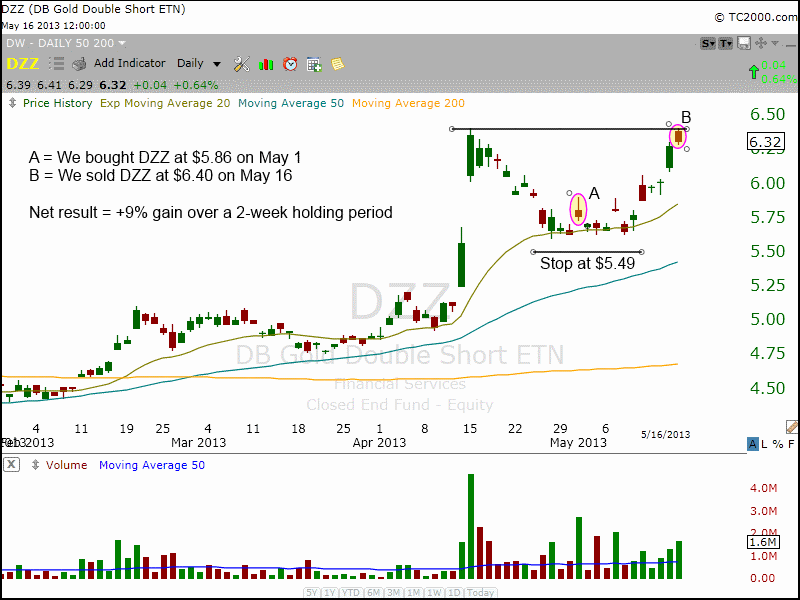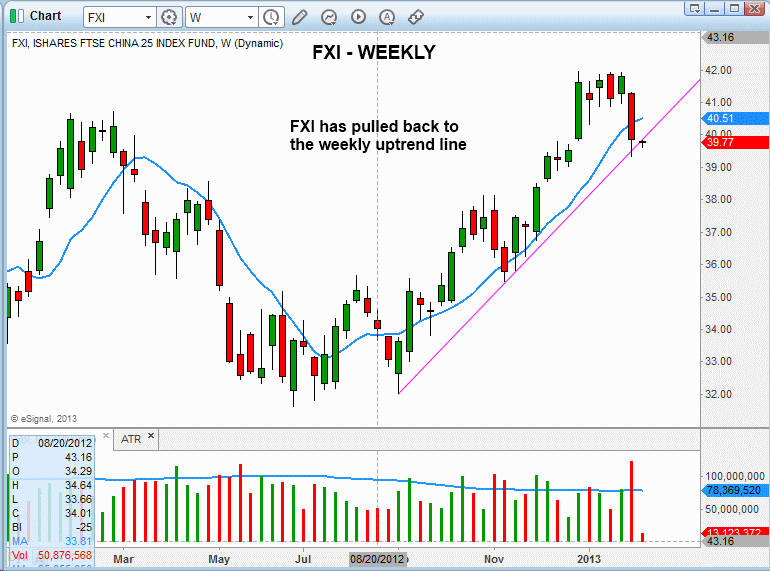How to Swing Trade – Part 2 Buying on Pullbacks
Post on: 11 Август, 2015 No Comment

Now that we’ve covered the initial basics of what swing trading is, and covered why buying above the 200-day moving average is so important, we can move forward to another core rule of successful swing trading: buying on pullbacks.
To briefly summarize – a pullback refers to a market closing lower than it did the previous trading session. When a security that has recently moved higher sells-off in price (due to profit taking among several other possible reasons) we can consider this a pullback. While you can trade pullbacks on a varying assortment of timeframes, for this installment we’ll cover trading on daily bars that have pulled back to an extreme and are likely to recover their upward trend.
Click here to learn about the fully comprehensive material that will be presented at the upcoming Swing Trading College Summer 2013 Sessions.
There are numerous ways people will try to identify pullbacks, from specialized indicators to simply looking at a daily price chart. While some may gain a measure of success with these methods, we try to quantify and be as precise as possible for determining rules for identifying pullbacks.
The short-term edges that we look to take advantage of on pullbacks more often than not arise from fear. This manifestation of those trading in the market stems from a place of self-preservation as people scramble to exit their positions. When fear reaches its apex, the greatest edges often appear. In the ensuing panic securities become mispriced and this is where we can look to take advantage of the prevailing opportunities. As the sell-off continues to gain momentum, fear continues to grow, and the opportunities for trading grow alongside all of this.
As we covered in part 1 of this series, you should only buy stocks that are trading above their 200-day moving average. Let’s apply this now to trading pullbacks. In looking at the average short-term returns of stocks that have recently reached a 10-day low that are trading above their 200-day moving average vs. those that are at a 10-day high, you can see a stark difference. Those stocks that have reached their 10-day low have by far outperformed those hitting a 10-day high in the short-term. So how do you exactly quantify a pullback?

We can rely on the ConnorsRSI momentum oscillator, which we’ve based most of our recent trading strategies around. Verify a pullback with ConnorsRSI instead of merely ‘eyeballing’ the pullback based on what you see in the daily chart. Use this powerful indicator to validate that indeed the stock is oversold and is likely to trend positively in the near future.
Our test results have shown that the highest winning percentages of trading pullbacks occur when a position is held for at least a few days. A pullback may in many cases have a steep decline followed by an equally robust upward swing. Identifying and entering a position on a pullback is only half the challenge here, as it can be difficult to determine the extent of an upward move, and therefore having an exit strategy that you’ve established beforehand is really the smartest way to swing trade.
Trading pullbacks is a very popular form of trading, but many base their trading off of strategies that have very little if any edge at all. Take the time to verify the pullback, make sure the stock is trading above its 200-day moving average, and have a dynamic exit strategy to secure your gains.














